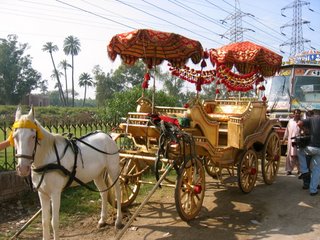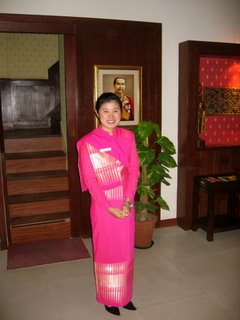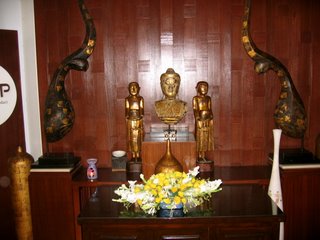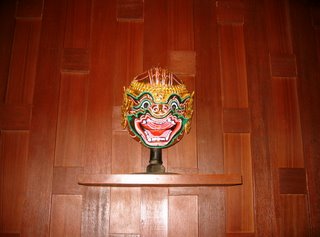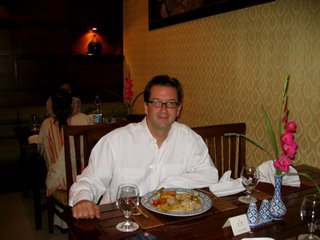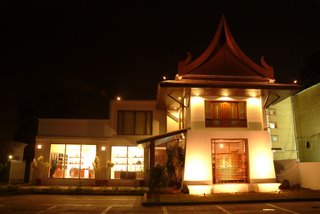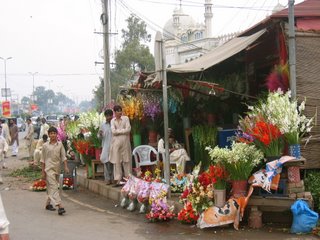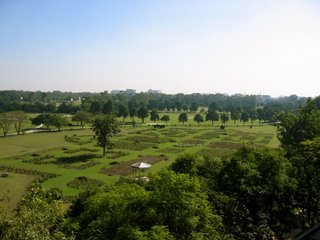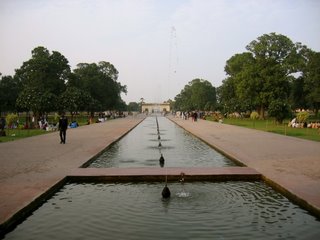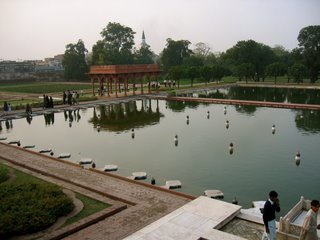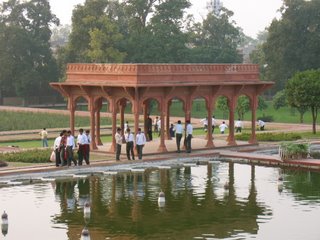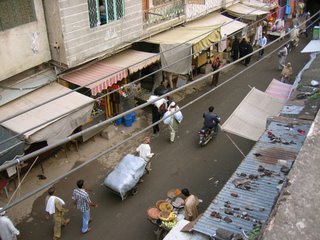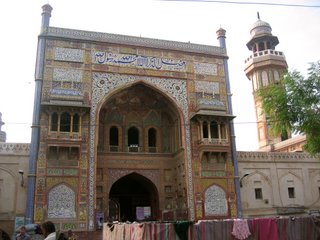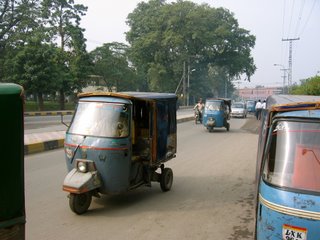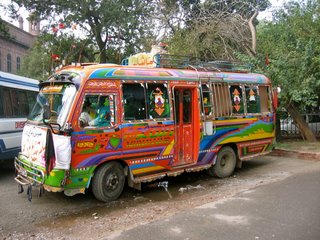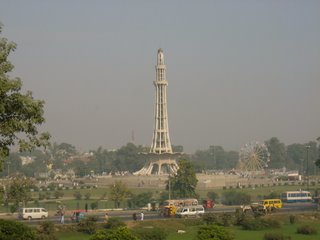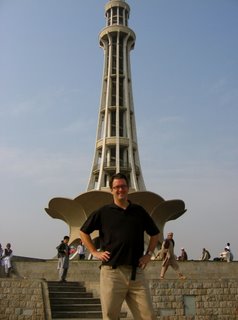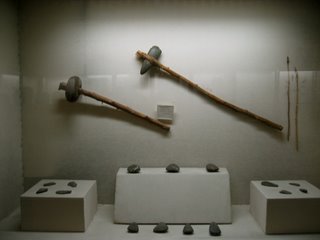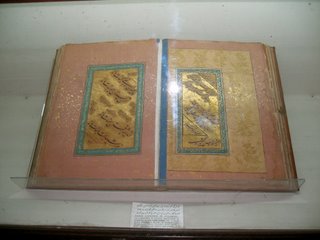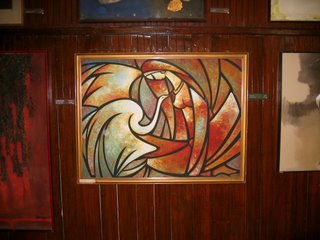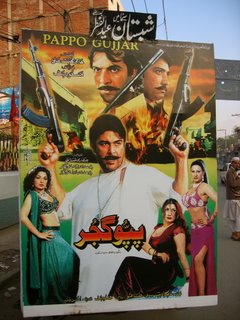Sufism is a traditional form of Islamic mysticism with many different forms and interpretations, but the most common theme is the pursuit of spiritual freedom. The drum beaters in Lahore gain this through music and dancing.
The drummers I saw were the famed Gongasain brothers, the most reknowned musicians of their kind in Pakistan. One of the most amazing bits of information about this duo is that one of the brothers is deaf and learned how to drum by feeling the vibrations on his stomach. The fact that the two play in unison and harmony is a testament to their skill and dedication.

The part of the Shrine where the Gongasain brothers perform is actually quite small and totally crammed with bare-footed spectators (you have to remove your shoes to get in the shrine). The performance starts around 11:00 pm, and we arrived just in time. We barely got in, but were able to score front row seats.
The Gongasain brothers were complimented by four dancers who twirled around in clockwise fashion while shaking their heads vigorously from left to right as if in a trance. Because of our close proximity to the action, we were in danger of being trampled by them several times, but managed to survive the experience unscathed.
Photos were discouraged (maybe because the flash would prove distracting for the performers and therefore disrupt their spiritual journey). We still managed to grab some shots, but they really don't capture the excitement of the action.
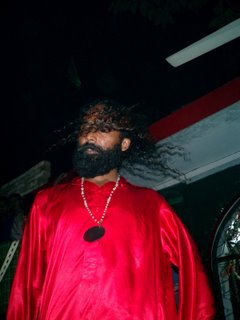
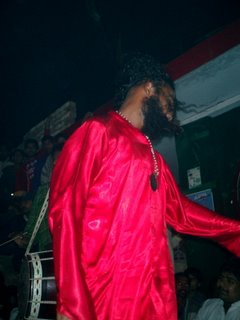

In order to take more pictures, my friend Dennis turned off the flash on his camera. For this reason (and also because it was nighttime), the following pictures have an acid-flashback feel to them, but given the subject matter it seems entirely appropriate.
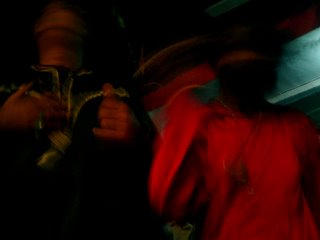

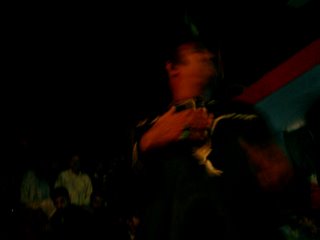

Sufi Night in Lahore is an unforgettable experience and truly a must-see for visitors to the city. It's become so popular that they even have signs advertising the event.

Special thanks to Dennis for supplying me with most of the pictures for this article.



